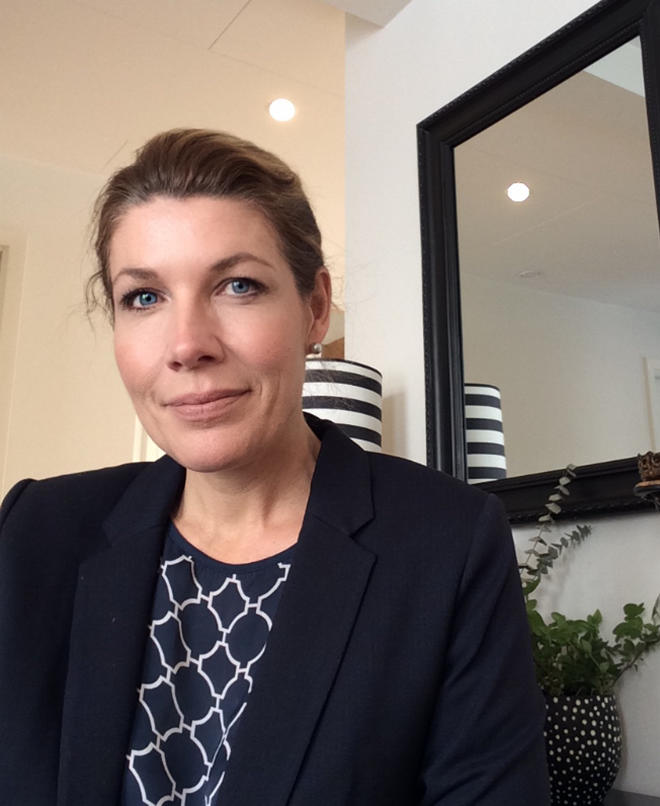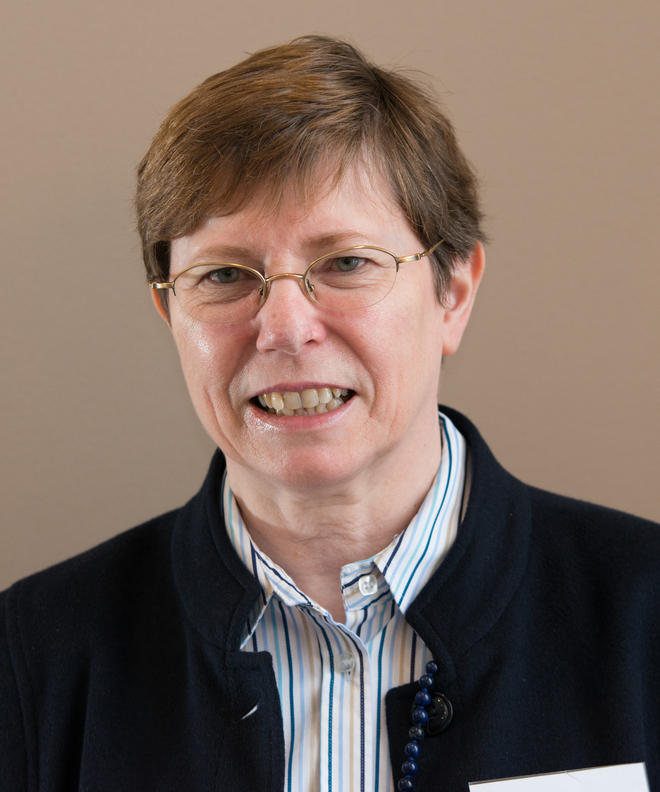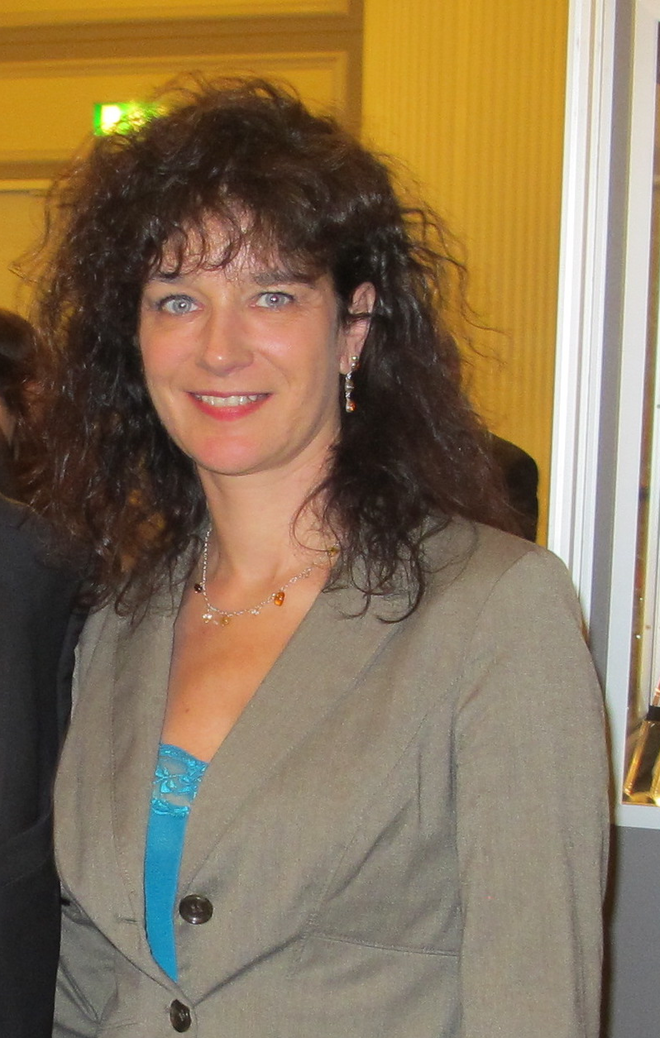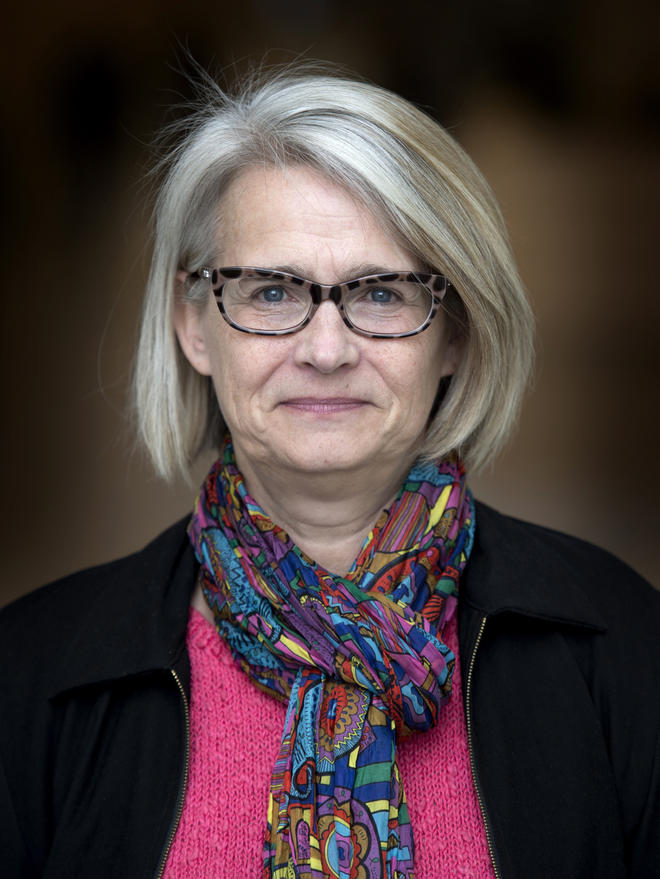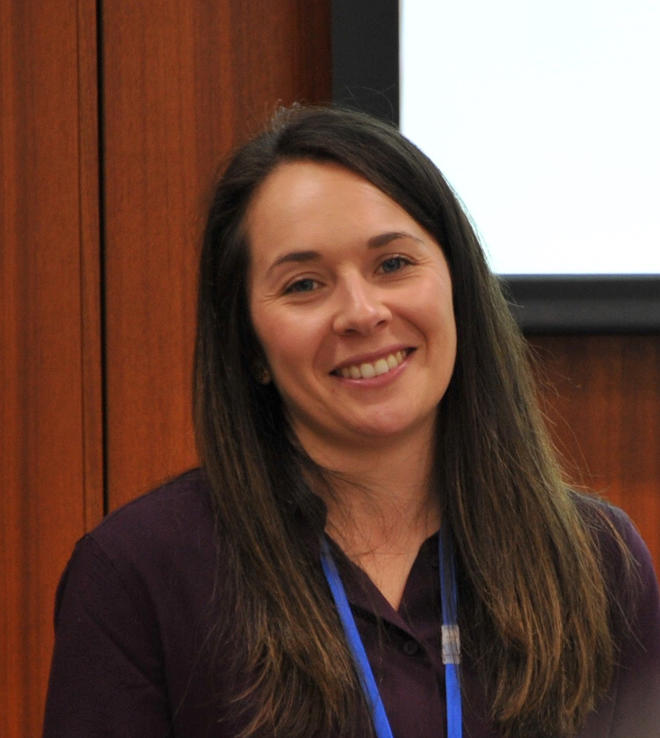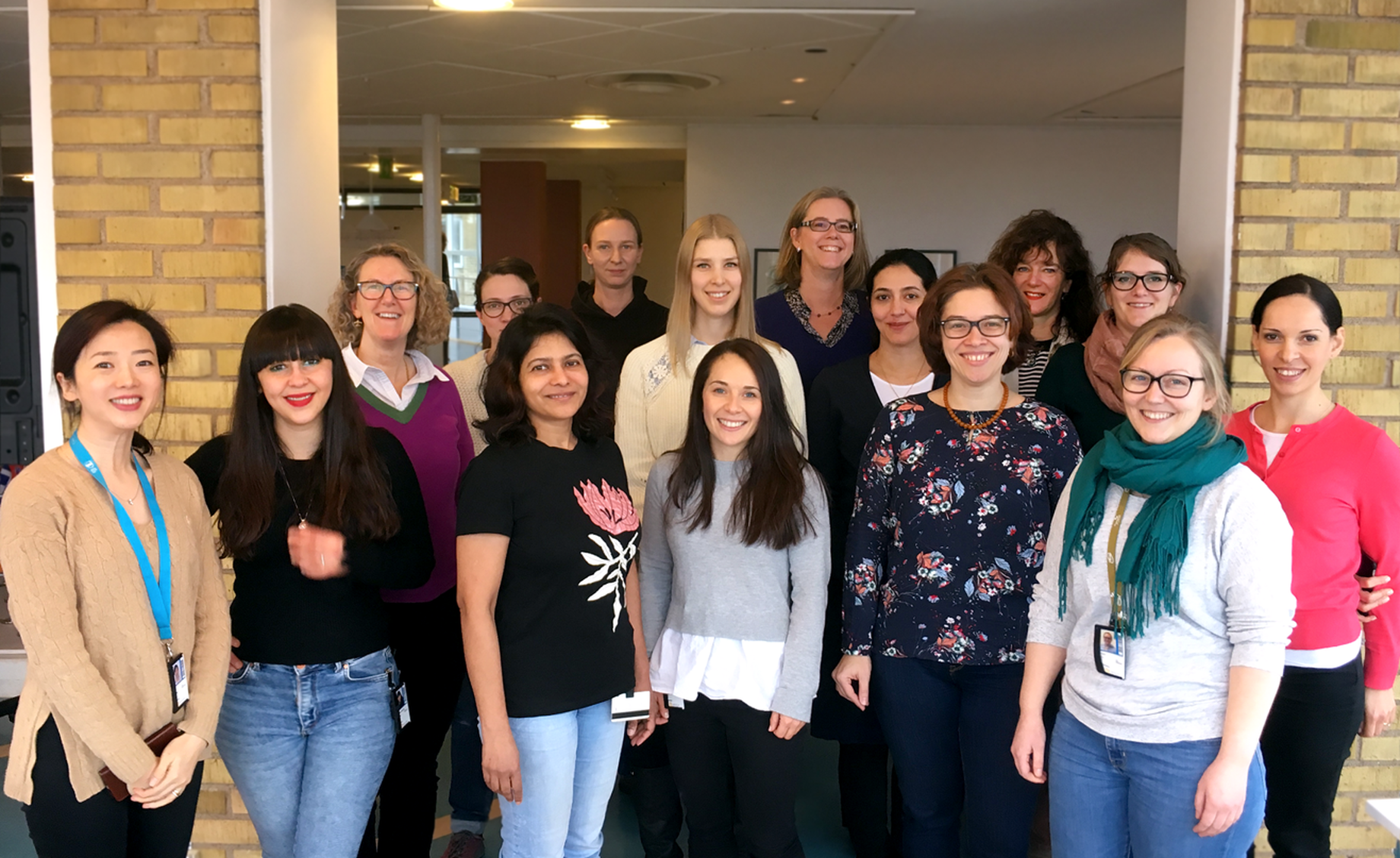
March 8th marks the global celebration of International Women’s Day (IWD). It is a day to reflect on the inspiring achievements of women and take action for greater gender equality.
LUND—From the agricultural fields to the fields of technology and business, the message is clear: for humanity to thrive, more women are needed in positions of leadership, whether titled or as role models. Gender parity, a balanced proportion of men and women, should also be prioritised in companies and organisations, including Big Science facilities. These guiding principles play a vital role in how success will be realised in the ESS project.
“People driven by passion for the work come to the European Spallation Source (ESS). The diversity of our people is what completes us,” explains Anne Säfström Lanner, HR Group Leader of Resourcing. “To be a world-leading organisation, we need colleagues of all talents and backgrounds, and that includes a balance of genders. Mixed teams can bring the benefit of creative, multi-toned solutions to the project.”
The European Spallation Source ERIC is being built by hundreds of international, multicultural teams of individuals with expert competency in their field. Women contribute at every project level, from governance, engineering in the Accelerator, Target, and Neutron Instrument divisions, project support and legal, to physicists and chemists in the lab. When leading work groups or the Human Resource division or as scientists building one of ESS’ state-of-the-art neutron instruments, our female colleagues are making a difference to construct the next-generation most powerful neutron source.
International Women’s Day 2018 follows a particularly strong year of activism to raise the stature of women worldwide. Initiatives such as the record-setting Women’s March, Iceland’s new pay equality legislation, and #MeToo are challenging antiquated and unacceptable circumstances for women. The launch of the United Nations-supported Equal Pay International Coalition (EPIC) and African Women Leaders Network, record numbers of US women running for public office, and numerous country-level initiatives to increase educational opportunities for girls, show that awareness for workplace inequality, women’s empowerment, and female value is steadily rising. This year’s IWD theme, #PressforProgress, delivers motivation and calls for perseverance for everyone working for tangible equality in the world.
Defining Leadership
To highlight the important contributions of women to the ESS project today and for the recent United Nations’ International Day of Women and Girls in Science, several leading women from different fields at ESS shared their insights on leadership, delivering results, and the fundamentals that catalyse success.
Beatrix Vierkorn-Rudolph, Vice Chair of the ESS Council— “I strive to make clear to the delegates that I will listen to all, and try to understand their arguments, their wishes, but also their constraints. I endeavour to convince delegates about the best possible way to make ESS a success.
Effective leadership should be as inclusive as possible, seek to bring people together, and convince them of necessary decisions, duties, and the way forward. It should also be clear who has the responsibility. In the end, this person must decide but he or she is then also responsible for this decision.
Setting that in context, one sees a clear need to foster more women to leadership roles. Organisations should encourage women that they are (also) able to lead groups and possess the necessary skills. If their skillset is limited, provide the essential learning opportunities. Furthermore, in many cases, it is vital to assist women to bring together labour and family duties. If we are able to harmonise family duties with business duties only then will we have a change that young (women) scientists decide to stay in science and research.”
Christine Darve, Accelerator Engineering Scientist— “As deputy leader for external work packages, my goals are to facilitate the design, fabrication, installation and integration of the Spoke and the Elliptical cryomodules, which are responsible for 95% of the ESS proton acceleration. Hence, my role is to coordinate the In-Kind contributions so that the accelerator can be integrated and ready for operation. In the scientific field, the overall challenges can be both technical and human, for example, due to the complexity of system design and interfaces, and the In-Kind aspect of Big Science projects.
Leadership to me means being responsible for a clearly defined goal and leading the project or the team toward its accomplishment in the most effective manner. A leader should identify project constraints and individual competences to build up capacity. A good leader is committed and does not put their own interests first. They can understand technical challenges, and listen and share solutions proactively. I believe we can achieve an ideal world, where women leaders have the power to identify, assess, and mitigate activities with respect to their brain, heart, and gut.”
Pia Kinhult, Head of Host State Relations— “The ESS project will be part of keeping Europe in a strong research position and part of solving large societal challenges. To be able to do this, we are collaborating with the whole of Europe and sometimes the whole world to bring together knowledge and competence to create and build the world’s best neutron facility. This makes the organisation very diverse with people from 50 different countries helping to make this true.
Yes there is diversity, but we still see a male dominance in the leading positions of the project. For me, in my role as being responsible to anchor the project in our host countries, where equal rights are very important, it is sometimes hard to explain. I hope for more occasions to support other women in the organisation to know their value and to be willing to raise their hands when opportunities come. A complex and modern organisation as ours must be equal to be bold for change and flexible enough to meet the daily challenges.”
Anna Leung, Deuteration Scientist— “I would describe my leadership style as democratic and collaborative, with communicating with others before making decisions a key feature. As an early-career scientist I’m very aware of the experience my peers have and recognise how beneficial leveraging this can be to success. This leadership style benefits others involved too, because they are more invested in any strategy we collectively design and results that follow.
To take ownership of a research project, it’s important to have a clear vision of what you aim to achieve and be self-motivated and resilient, because often scientists work for long periods without obtaining positive results. It helps to have the skills to communicate and collaborate effectively, think critically, and to recognise when a strategy needs to change. It’s important to realise that people lead in different ways too, and the outcomes can be different, though equally valuable.
I think organisations can attract more women by presenting alternative formats for job roles, such as part-time and shared roles. This would be attractive for anyone, not only women, with care-giving or other personal responsibilities which make it difficult to work full-time or under rigid conditions.”
Céline Durniak, DMSC Scientific Software Developer— “I work in the Data Reduction, Analysis and Modelling Group, where I collaborate with the instrument teams and In-Kind partners to deliver the software required for analysis and modelling of data from ESS instruments. My group is the last step of data treatment, which means we provide tools to interpret the data collected during experiments and enable users to publish results. In other words, our tools make science out of the ESS data. At the current stage of the ESS project, one of the keys to success is regular communication with colleagues of other institutes for collaborations and development of user-friendly, reliable tools and to users and instrument teams.
In my opinion, encouraging gender parity is a long-term goal in any scientific field. Organisations should concentrate on public awareness about the science, and at a smaller scale, the computing tools and methods it uses. For example, demonstrations in schools and offering internships at different stages of the curriculum could generate interests at an early age, and help develop scientific skills or mentor young adults.”
Impressive achievements are happening everyday as our ESS colleagues, partners, and collaborators work to deliver the ESS project. It is the leadership, drive, and contributions of so many dedicated women as well as men that we celebrate today.
























